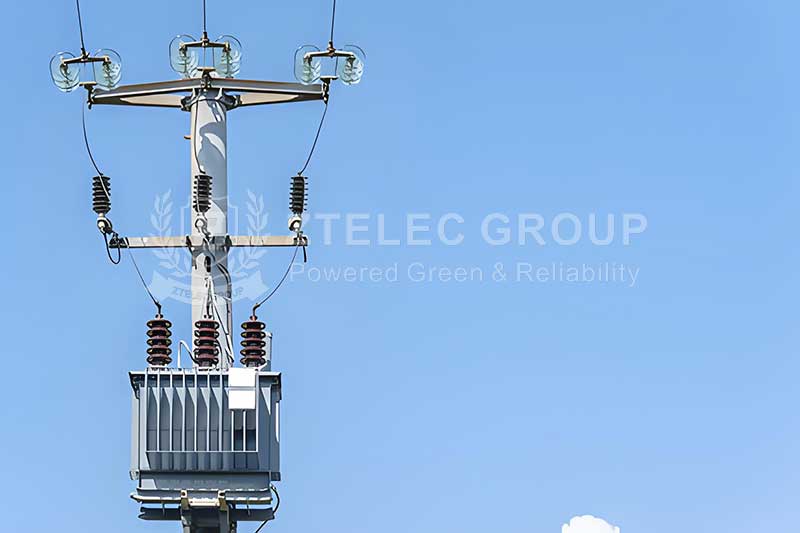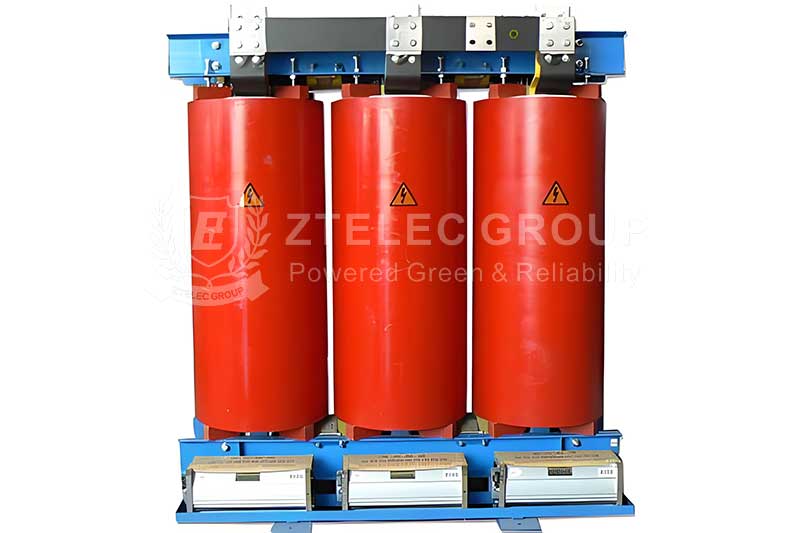How to determine the correct size of the transformer
Determining the correct size of a transformer is a comprehensive process involving many factors.
Clarify the needs
Determine power requirements:
According to the load requirements of the power system, determine the required transformer power rating.
Consider the possible load growth in the future, and reserve a certain power margin.
Determine the voltage level:
According to the voltage level requirements of the power system, select the corresponding transformer voltage level.

Oil Immersed Type Distribution Transformer
Consider the installation site conditions
Installation space:
Measure and evaluate the space of the installation site to ensure that the transformer can be installed smoothly and leave enough room for maintenance.
Foundation condition:
Considering the weight of the transformer and the bearing capacity of the foundation, the appropriate foundation design scheme is selected.
Ensure that the foundation is smooth and stable, able to support the weight of the transformer and prevent settlement.
Environmental Conditions:
Select shell materials and protective measures that meet the requirements of the protection level based on the environmental conditions of the installation site (such as temperature, humidity, and salt spray).
Consider the heat dissipation requirements of the transformer to ensure normal operation in harsh environments.
Consider the convenience of transportation and installation
Transport conditions:
Evaluate road, bridge, tunnel and other traffic conditions to ensure that the transformer can be smoothly transported to the installation site.
Consider the size and weight of the transformer, and choose the appropriate transportation method and equipment.
Installation conditions:
Evaluate the limitations of the lifting equipment and the actual conditions of the installation site to ensure that the transformer can be successfully installed in place.
Consider security risks and precautions during installation.

Consider efficiency and heat dissipation
Efficiency requirements:
According to the efficiency requirements of the power system, the transformer with high efficiency is selected.
Considering the loss index of the transformer, choose the transformer with low loss.
Heat dissipation design:
According to the heat dissipation requirements of the transformer, choose the appropriate external size and heat dissipation structure.
Ensure that the transformer can effectively dissipate heat during operation to avoid overheating damage.
Refer to manufacturer recommendations
Consult the manufacturer:
Talk to transformer manufacturers to understand the performance characteristics of different models and sizes of transformers.
Select the appropriate transformer size according to the manufacturer's recommendations and recommendations.
Technical documents:
Consult the technical documentation and manual provided by the manufacturer for the detailed parameters and performance specifications of the transformer.
Comprehensive evaluation and selection
Cost-benefit analysis:
Consider the acquisition cost, transportation cost, installation cost and maintenance cost of the transformer.
Perform a cost-benefit analysis to select the transformer size with the highest cost performance.
Risk assessment:
Evaluate the possible risks of transformers of different sizes (such as overload risk, heat dissipation risk, etc.).
Choose transformer sizes with lower risk.
Factors affecting transformer size
Capacity: The larger the capacity of the transformer, the larger its size is usually. This is because high-capacity transformers require more iron cores and windings to carry current and voltage.
Voltage level: The higher the voltage level, the larger the size of the transformer may be. Transformers with high voltage grades require thicker insulation and larger winding spacing to ensure safety.
Heat dissipation requirements: The heat dissipation requirements of the transformer will also affect its size. In order to effectively dissipate heat, large transformers may require a larger cooling area and a more complex cooling structure.
Manufacturing standards: Manufacturing standards in different countries or regions may lead to differences in transformer sizes. For example, some standards may require thicker insulation or greater safety spacing.
Special purpose: For some special purpose transformers, such as subways, tall buildings and other places with high requirements for environmental occupation, it may be necessary to customize smaller or more compact sizes.
- more+releated article
- 2025-12-13How to Select and Use Phenolic Cloth-base Lami
- 2025-12-13How Much Does Bakelite Sheet Cost? 2025 Price
- 2025-12-13Why are most 3240 epoxy boards yellow?
- 2025-12-13What are the Main Applications of FR4 Epoxy Bo
- 2025-12-13Why Does the Price of Insulating Paperboard Va
- 2025-12-13Heat-Resistant DDP Insulation Paper
- 2025-12-13Comparison of Heat-Resistant DDP Insulating Pa
- 2025-12-13G10 and FR4 Epoxy Boards: Commonly Used for Ge
- 2025-12-13The Price of Heat-Resistant DDP Insulation Pap
- 2025-12-13How to Choose Epoxy Laminate Materials for Gen





